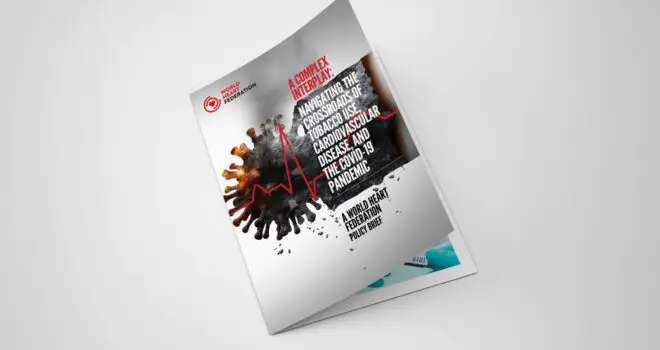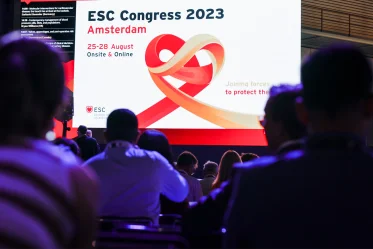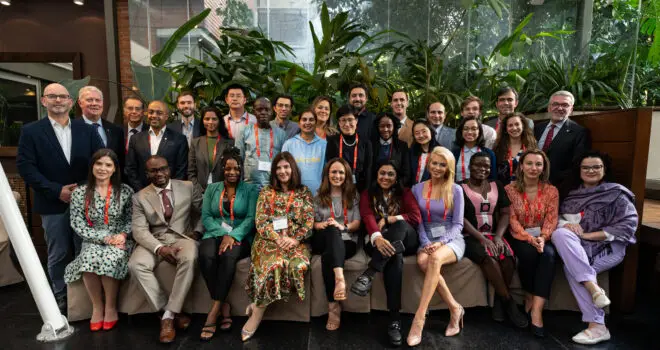WHF position statement on COVID-19 vaccination underscores urgency and priority
With at least 200 countries battling the COVID-19 pandemic, 3 million deaths and counting, plus worrying virus mutations, this month’s World Health Day took on special meaning. More than 550 million vaccine doses have been administered– good news, yes, but just how good will be determined by who gets vaccinated when and where. SARS-CoV-2 does not discriminate and neither should its antidote.
Along with existing protection measures, vaccines are aiding in the fight against the pandemic. Years of scientific research and supportive technologies have enabled the development and application of mRNA vaccines when the world needs them most. WHF has welcomed the vaccine roll-out and its position statement summarizes risk factors and emphasizes a dual approach on the road to herd immunity. This precedes publication of a study whose initial findings will uniquely entail a look at impacts of the COVID-19 disease on patients in low- to middle-income countries.
“As we race towards the 70% marker for herd immunity, our advocacy efforts focus on ensuring that the most vulnerable and at-risk groups in struggling communities get vaccinated first and get coverage from a disease that has often hit them hardest,” says Fausto Pinto, WHF’s President.
Successfully attaining herd immunity and containing the pandemic hinges on two simultaneous interventions. One is ensuring equitable access to the approved vaccines so that low- to middle-income countries are not hindered by cost or distribution blockages. The Access to COVID-19 Tools (ACT) Accelerator is a global partnership to support the development and equitable distribution of COVID-19 tests, treatments and vaccines. COVID-19 Vaccines Global Access (COVAX) is one of three pillars of the ACT Accelerator “to ensure that people in all corners of the world will get access to COVID-19 vaccines once they are available, regardless of their wealth.” Aiming for 270 million doses to get to more than 140 participating countries, as of early April, COVAX had delivered more than 38 million doses in six continents.
A second critical intervention is the prioritizing of three main at-risk groups: health workers and social care providers because of sustained contact, the elderly (often referring to those over 65 years of age) because of age-related lowered immunity, and those with chronic conditions. In the U.S alone, more than 400,000 cases of COVID-19 have involved healthcare workers, with more than 1,000 lives lost – it is an unfortunate fact by itself that also highlights the vicious cycle that further impacts available care.
Chronic conditions include diseases of the heart and circulatory systems (cardiovascular disease or CVD) as well as diabetes which is associated with a high degree of mortality from heart complications. CVD triples the risk of critical disease manifestation and is associated with up to 36% of total COVID-19 fatalities. Early on, the pandemic confirmed the unfortunate prognostics for patients with these underlying conditions. For example, the enzyme involved in blood pressure regulation (ACE2) is one attachment point for the virus, provoking a volatile reaction in hypertension patients. Also, the thick, middle lining of the heart muscle or myocardium is thought to be a zone where the virus can directly replicate, increasing the susceptibility of heart patients to acute forms of COVID-19.
The pandemic is a stark reminder of the disparity in health delivery across the globe and is an opportunity to reset common health priorities. WHF is a leader and convener in global cardiovascular health. Vaccination in many low- and middle-income countries is lagging and as a signatory to the WHO Declaration on vaccine equity, WHF urges others to get involved and spread the word for #VaccinEquity.


